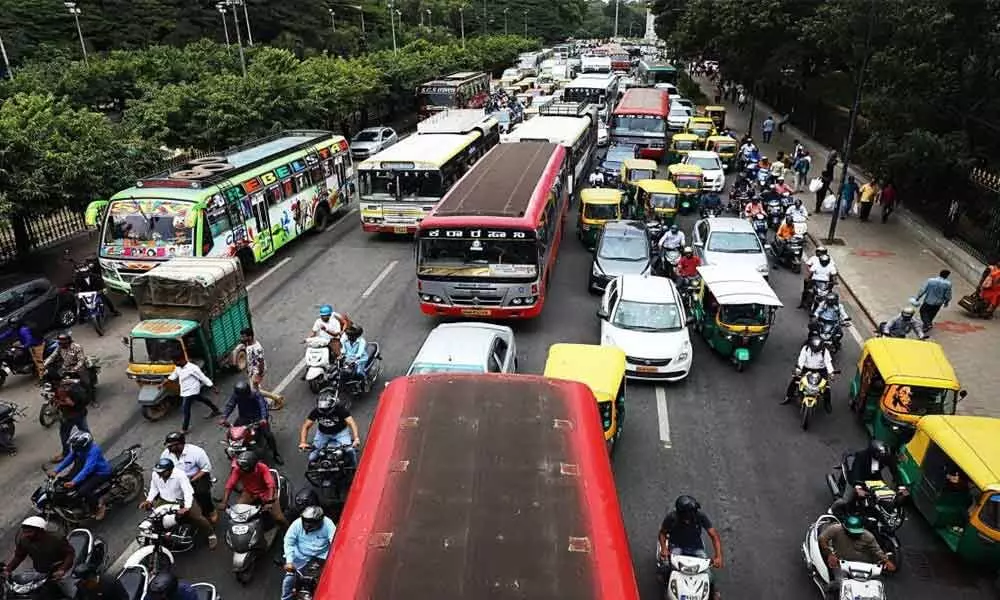Live
- Accompanied by EAM Jaishankar, diplomat-turned-politician Sandhu files nomination from Amritsar
- Scientists decode early metabolic changes that lead to autism
- Three dead as bus falls into river in Russia's St Petersburg
- I am ready to debate with PM Modi, but he will not do so: Rahul Gandhi
- Senthilkumar, Rathika to lead Indian squads at 22nd Asian Team Squash Championships
- Maharashtra: FIRs against state BJP chief Bawankule & LoP Wadettiwar for MCC violation
- In Telangana, PM Modi gives autograph on photo of girl who sang a song on him
- Petr Kratky extends his stay with Mumbai City FC till end of ISL 2024-25 season
- NSCN-IM warns of 'horrible human rights situation' if Naga political talks fail
- Let BJP win, save the nation: BJP MP candidate Potuganti Bharat Prasad









